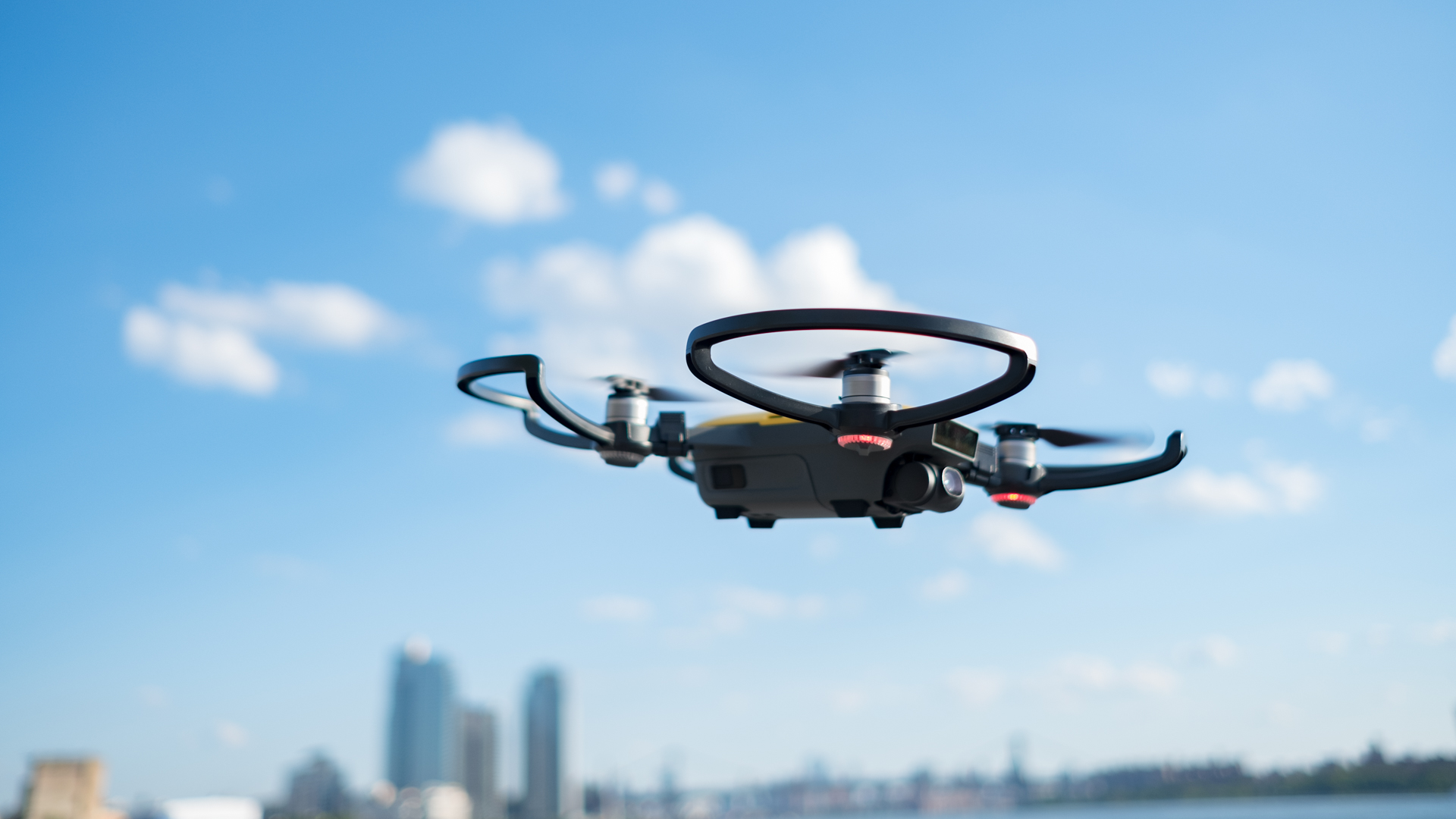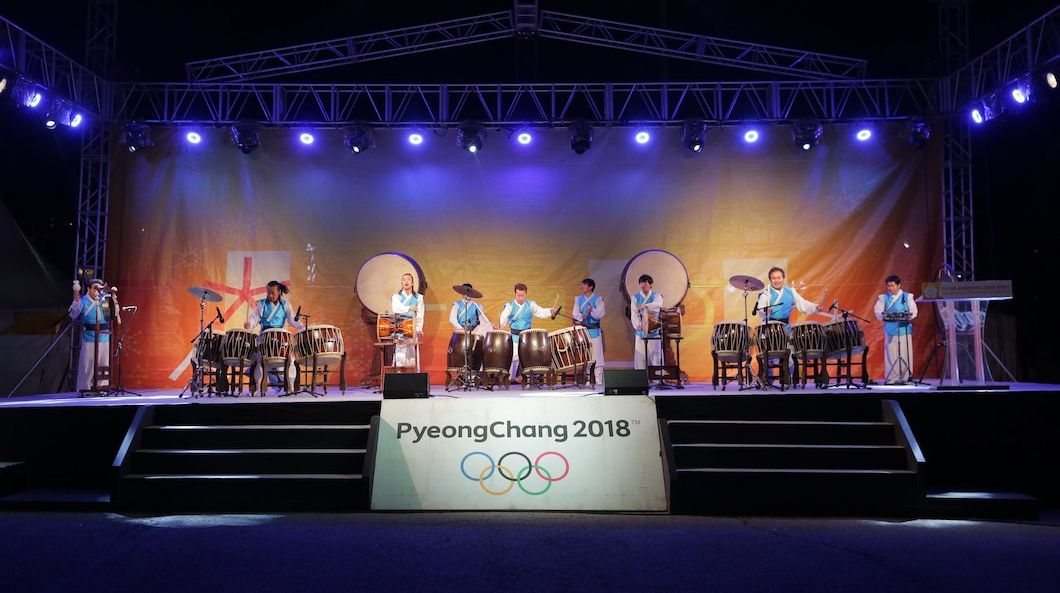DJI institutes no-fly zones for its drones around Winter Olympics locations
Grounded until the Games are over

DJI drone owners looking to get a remote-controlled glimpse of their favorite Olympic skier had best stick to their local stream or broadcast.
Throughout the 2018 Olympic Winter Games in PyeongChang, South Korea this month, drones manufactured by DJI will be restricted by no-fly zones from the opening ceremonies until the event ends.
DJI’s press release says that drone owners located in “Pyeongchang, Gangneung, Bongpyeong and Jeongseon in Gangwon Province” will be affected by the restriction.
“DJI’s temporary no-fly zones were deployed in order to reduce the likelihood of drone operators inadvertently entering sensitive areas,” said Adam Welsh, head of DJI’s Asia-Pacific Public Policy. DJI implemented similar no-fly zones before the Democratic and Republican National Conventions and the G7 summit in Japan.
Drones and sports don’t mix

Things have changed since the 2014 Sochi Olympics, when The Atlantic called drones the “future of sports photography”. For those games, NBC used “follow-me” drones to track Olympic skiers flying down the slopes. Their drones honed in on GPS trackers on the skiers, and could follow them and film the action from only a few feet behind.
But once it became clear how dangerous drones can be in the wrong hands, the prediction that drones would replace cable-suspended cameras has stalled.
The US FAA passed regulations declaring 3-mile no-fly zones around most sporting events, including MLB, NFL, NCAA and NASCAR events. A New York City teacher caused a bomb scare by crashing his drone into the stands of a US Open tennis match. And Lady Gaga’s gorgeous drone light display over Super Bowl LI had to be filmed a week in advance, because the FAA instituted a 34.5-mile no-fly zone around the stadium that night.
Sign up for breaking news, reviews, opinion, top tech deals, and more.
Now, due to tensions between North and South Korea, government security forces will use everything from “weaponized drone bots” with drone-catching nets to “hawk’s eye” drones with facial recognition software during the games, reports CNBC.
It’s truly for the best that DJI, as well as other civilian drone manufacturers, preempt any frightening misunderstandings and needless property damage by keeping harmless drones on the ground.
- Shopping for a drone? Here are the best drones around!

Michael Hicks began his freelance writing career with TechRadar in 2016, covering emerging tech like VR and self-driving cars. Nowadays, he works as a staff editor for Android Central, but still writes occasional TR reviews, how-tos and explainers on phones, tablets, smart home devices, and other tech.